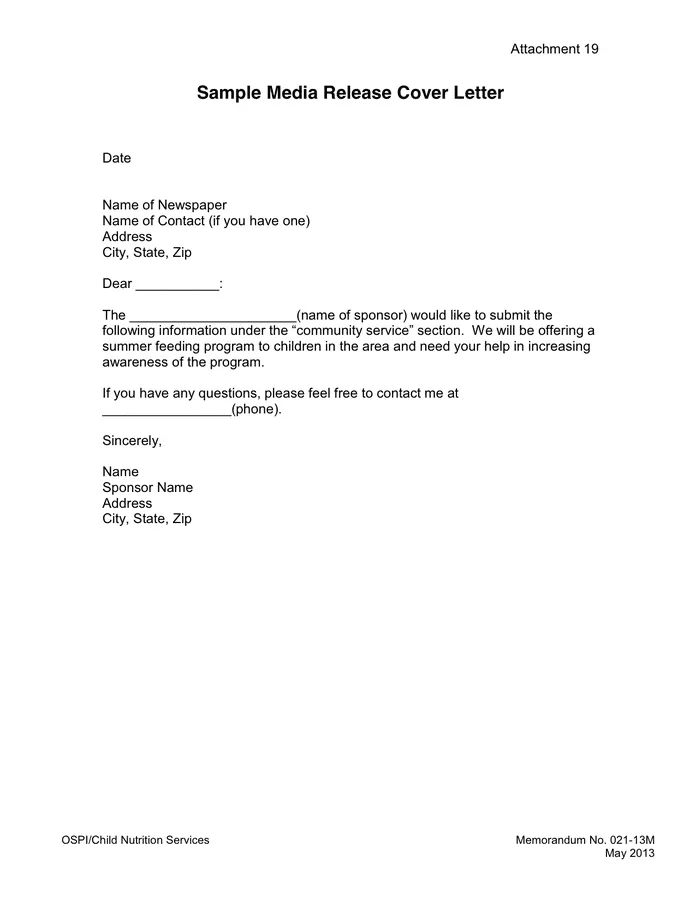Understanding the Importance of a Press Release Cover Letter
In the fast-paced world of media relations, a well-crafted press release is your key to securing valuable media coverage. However, the press release itself is only half the battle. The accompanying cover letter serves as your personal introduction, setting the stage for your story and enticing journalists to read further. Many businesses and organizations overlook the significance of this often-underestimated tool. But a well-written cover letter can significantly increase the chances of your press release being picked up and shared. It’s the first impression, the initial hook, and a crucial element in effective media outreach. It’s where you create the narrative and entice the journalist to learn more. Ignoring the power of a well-crafted cover letter could mean your release gets lost in the deluge of emails that journalists receive daily. This means missing out on valuable media coverage, brand awareness, and potential opportunities to reach your target audience.
What is a Press Release Cover Letter?
A press release cover letter is a brief, personalized email or letter that accompanies your press release when you send it to journalists and media outlets. Its primary purpose is to introduce your press release and explain why it’s relevant and newsworthy. Think of it as a concise sales pitch for your story. The cover letter is designed to grab the attention of busy journalists who receive countless pitches daily. It’s not just a formality; it’s a strategic tool for media engagement. This cover letter acts as a gateway to your press release. It provides context, highlights key points, and encourages the recipient to read the attached document. Done correctly, it can be the difference between your press release being read and being ignored.
Why is a Cover Letter Essential?
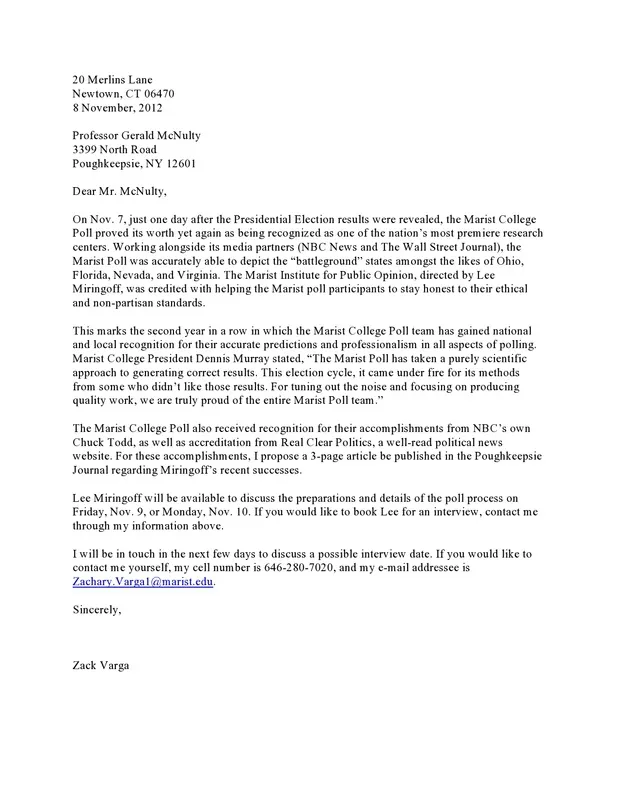
A press release cover letter is essential for several compelling reasons. First, it personalizes your communication. Generic, impersonal emails are often dismissed, but a cover letter tailored to the specific journalist or outlet shows that you’ve done your research and value their time. Second, it provides context. Journalists need to quickly understand why your story matters to their audience. A cover letter allows you to frame your press release, highlighting the most compelling aspects and explaining the ‘so what’ factor. Third, it increases engagement. By crafting an intriguing and concise introduction, you capture the journalist’s attention and encourage them to read the full press release. Fourth, it helps build relationships. A thoughtful cover letter demonstrates professionalism and respect, which can lay the foundation for future collaborations. Finally, a cover letter is the first step to getting your information out to a wider audience. By properly drafting this document, you increase your chances of getting your press release published.
Key Elements of a Compelling Cover Letter
To craft a compelling press release cover letter, you need to include several key elements. These elements work together to capture the reader’s attention and persuade them to read your press release. Each component plays a crucial role in the overall effectiveness of your outreach. A well-structured cover letter is more likely to get results.
Crafting a Strong Subject Line
The subject line is the first thing a journalist sees, so it must be attention-grabbing and relevant. Avoid generic subject lines like ‘Press Release.’ Instead, be specific and intriguing. Use the most compelling aspect of your story in the subject line. Consider using numbers, power words, or a direct question to pique their interest. Personalize it if possible by mentioning something specific about their previous work or the outlet they represent. This will help you stand out in a crowded inbox. Your subject line should be clear, concise, and accurately reflect the content of your press release. Make sure it’s also mobile-friendly.
Personalizing Your Message
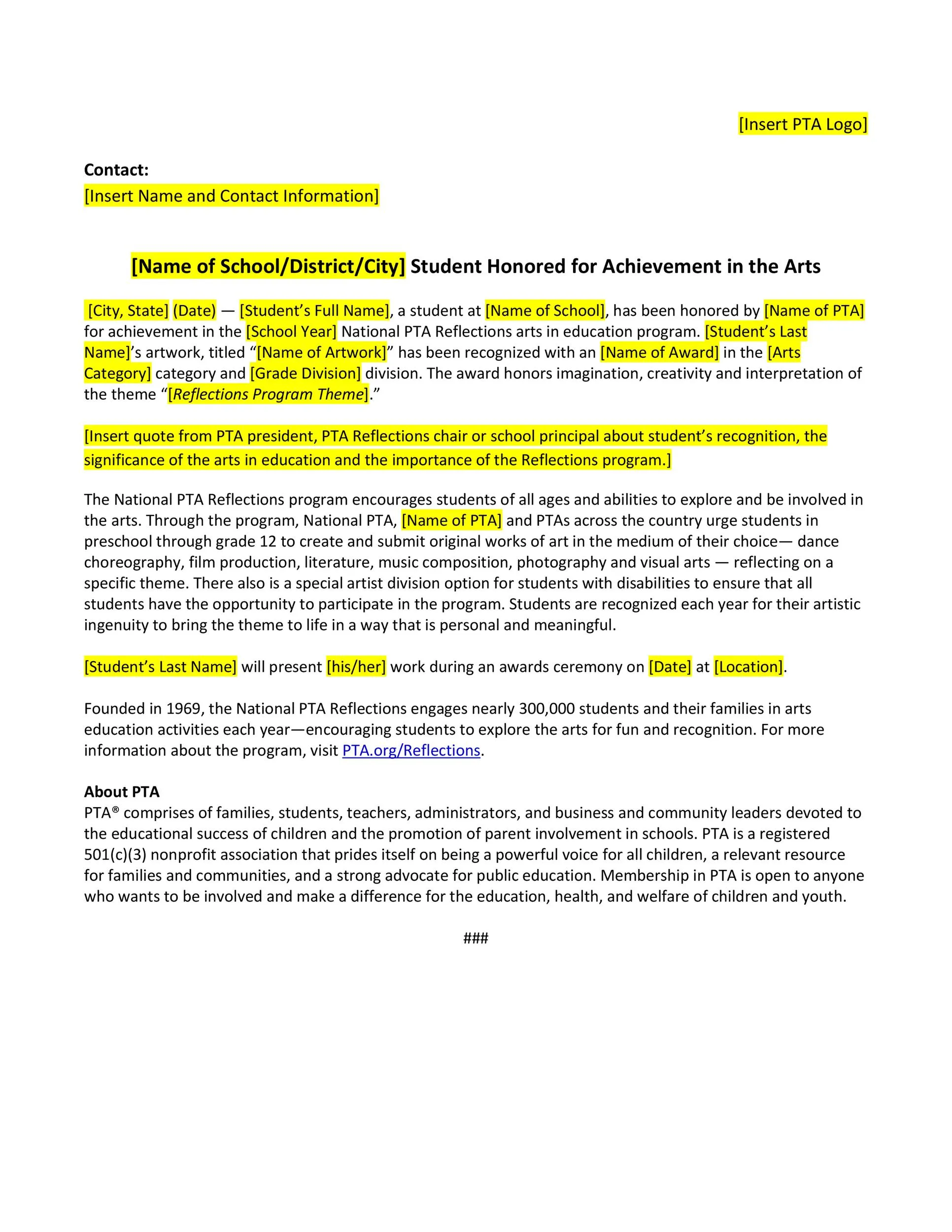
Personalization is crucial for establishing a connection and showing that you’ve done your homework. Address the journalist by name and mention their previous work. Explain why you are reaching out to them specifically. Show that you understand their audience and their coverage. Avoid generic salutations and templates. Tailor each cover letter to the individual journalist and outlet. Take the time to research their areas of interest and tailor your pitch accordingly. This personalization demonstrates respect and increases the likelihood of a positive response.
Highlighting the Key Benefits
Immediately highlight the key benefits of your press release. Briefly explain why it’s newsworthy and what makes it relevant to the journalist’s audience. Focus on the most important facts, statistics, or insights. Explain what makes your story unique and why it matters. Clearly state the ‘who, what, when, where, and why’ of your story in a concise manner. Keep it brief and to the point. This ensures the journalist quickly understands the value of your story. Show the impact and significance of your information.
Providing Contact Information
Make it easy for journalists to contact you for more information. Include your name, title, phone number, and email address. Consider adding a link to your website or a press kit. Ensure your contact information is accurate and up-to-date. Journalists should easily reach you if they have questions or need further details. Having readily available contact information increases the likelihood of media coverage. Provide a clear call to action.
Formatting Your Cover Letter for Maximum Impact
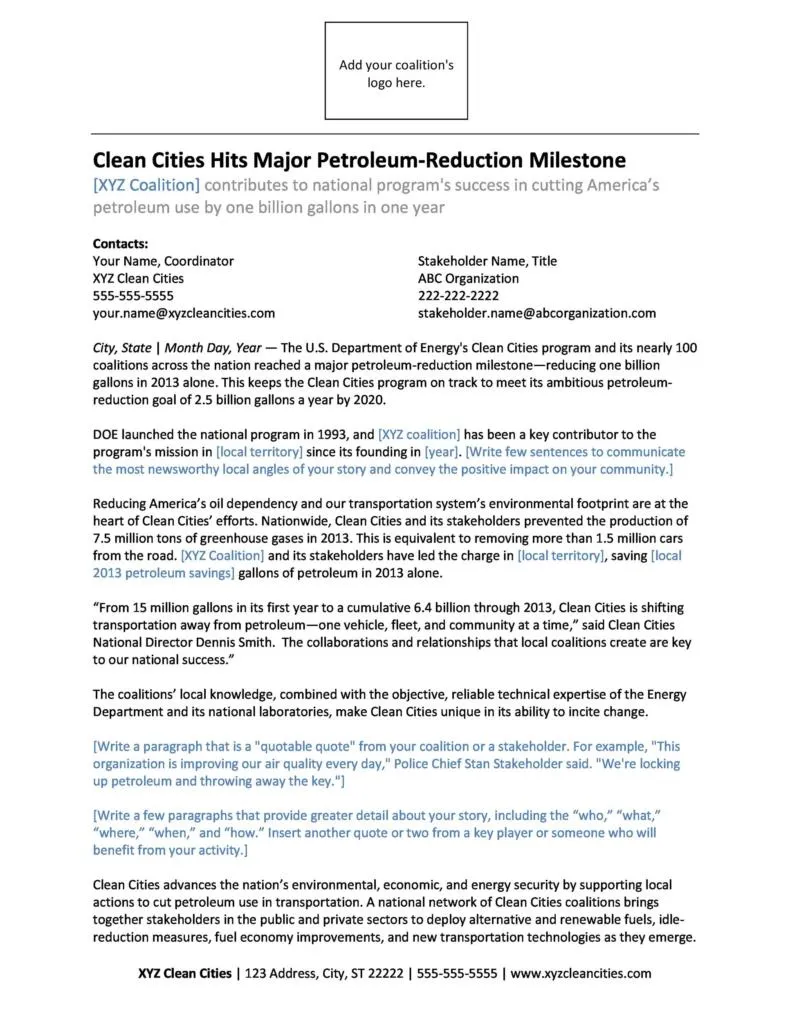
Formatting plays a crucial role in how your cover letter is received. A well-formatted letter is easier to read and more likely to get the attention of a busy journalist. Good formatting enhances readability, making it easier for journalists to quickly grasp the key points. Pay attention to these details to ensure your message is received positively.
Choosing the Right Tone and Style
The tone and style of your cover letter should be professional, yet engaging. Avoid overly formal language. Write in a clear, concise, and friendly tone. Be enthusiastic about your story, but avoid sounding overly promotional. Maintain a balance between professionalism and personality. Tailor your tone to the specific journalist or outlet. Match the tone of their existing content. The goal is to make your cover letter relatable and engaging.
Keeping it Concise and Engaging
Keep your cover letter concise, ideally within 150-200 words. Journalists are busy, so respect their time. Get straight to the point and avoid unnecessary jargon. Use short paragraphs and bullet points to make your message easy to scan. Highlight the most important information. A well-crafted, concise letter is more likely to be read and acted upon. Focus on brevity and clarity to maximize the impact of your message.
Proofreading and Editing
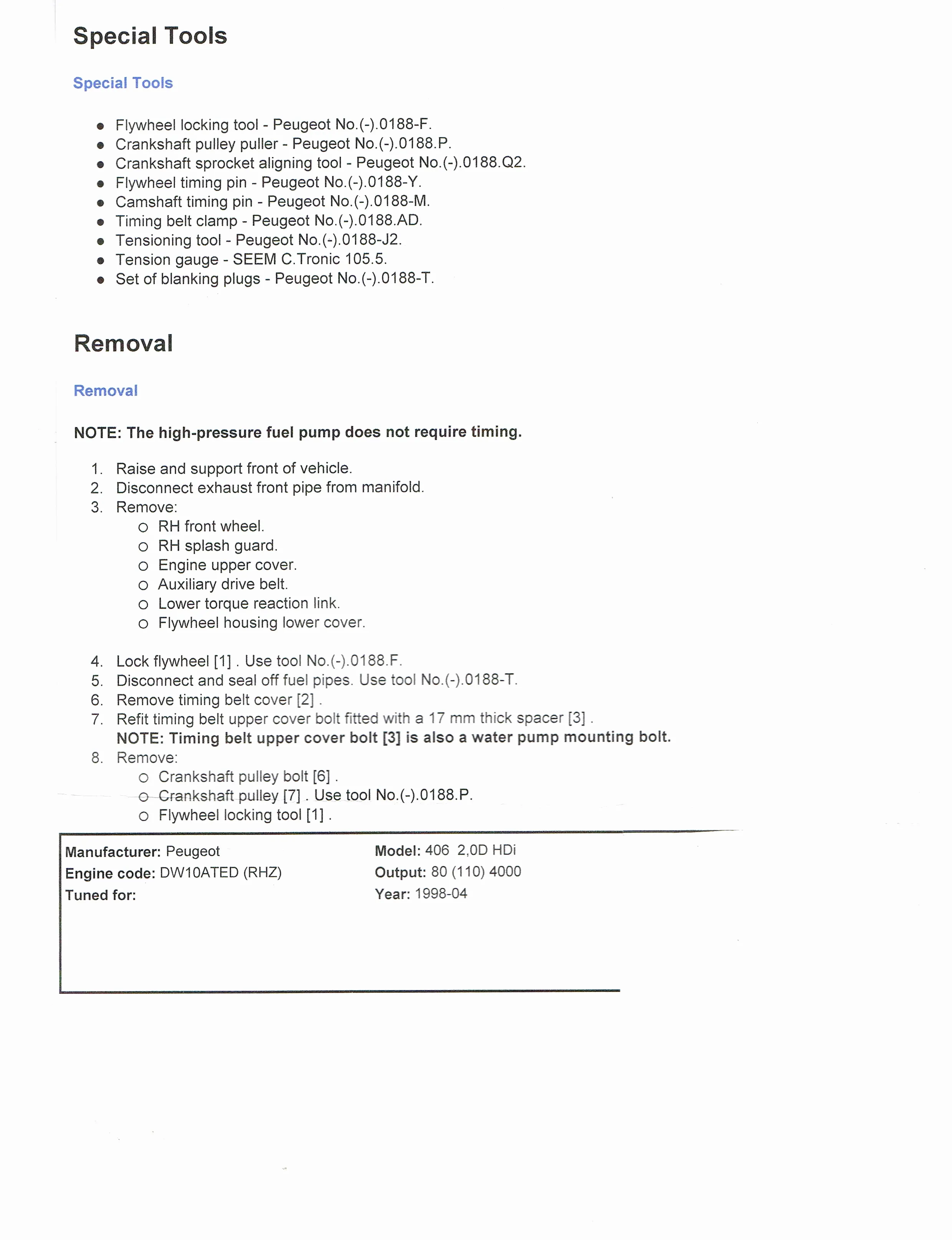
Always proofread and edit your cover letter meticulously before sending it. Errors in grammar and spelling can damage your credibility. Ensure your writing is polished and professional. Read your letter aloud to catch any awkward phrasing or typos. Ask someone else to review it for a fresh perspective. Attention to detail shows respect for the journalist and increases the likelihood of a positive response. A polished letter reflects well on your brand and your message.
Best Practices for Distribution
Distributing your press release and cover letter effectively is crucial for securing media coverage. Targeting the right outlets and following up appropriately can significantly increase your chances of success. A strategic approach to distribution is essential for maximizing your reach and impact.
Identifying the Right Media Outlets
Research the media outlets and journalists who cover your industry or topic. Identify the publications, websites, and journalists most likely to be interested in your story. Tailor your cover letter to each specific outlet. Send your press release to the appropriate editor or reporter. Personalize your outreach to increase your chances of a response. Target the media that aligns with your audience.
Following Up with Journalists
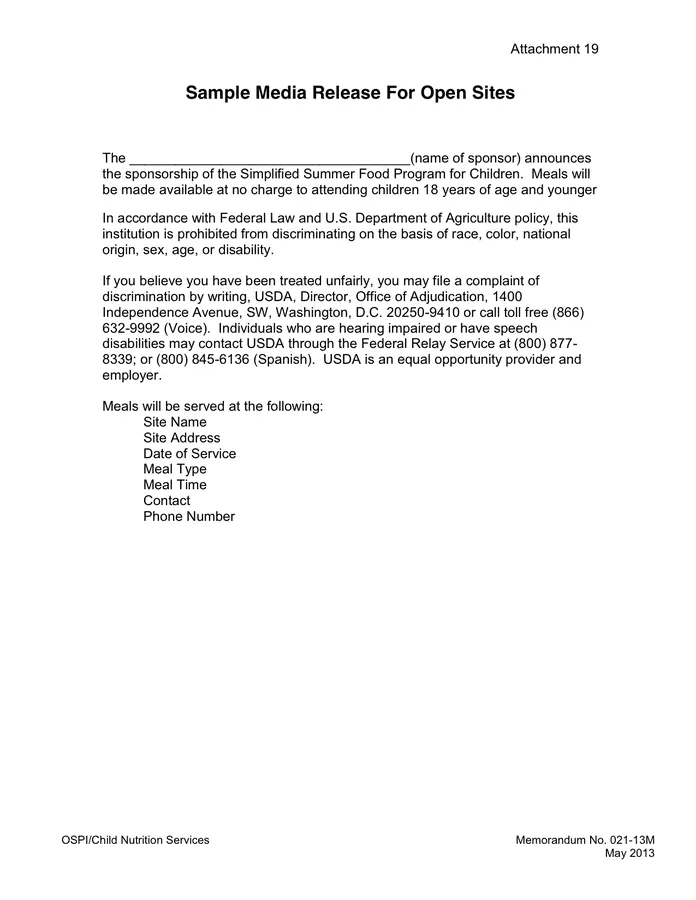
Follow up with journalists a few days after sending your press release. A polite follow-up email can remind them of your story and answer any questions they may have. Keep your follow-up concise and avoid being pushy. Express your genuine interest in providing further information. A well-timed follow-up can boost your chances of coverage. Make sure you don’t become a pest. Include any additional details or resources that might be helpful.
Analyzing Results and Refining Your Approach
After distributing your press release, track your results and analyze your approach. Monitor media coverage to see where your story was picked up. Evaluate the effectiveness of your cover letter and press release. Learn from your successes and failures to improve future campaigns. Track key metrics, such as media mentions and website traffic. Use the data to refine your strategies and improve your outreach efforts.
Crafting the perfect press release cover letter is an ongoing process. By following these guidelines, you can significantly increase your chances of securing media coverage and achieving your public relations goals. Remember, a well-crafted cover letter is an essential tool for effective media outreach. It’s your opportunity to make a great first impression and get your story heard.
